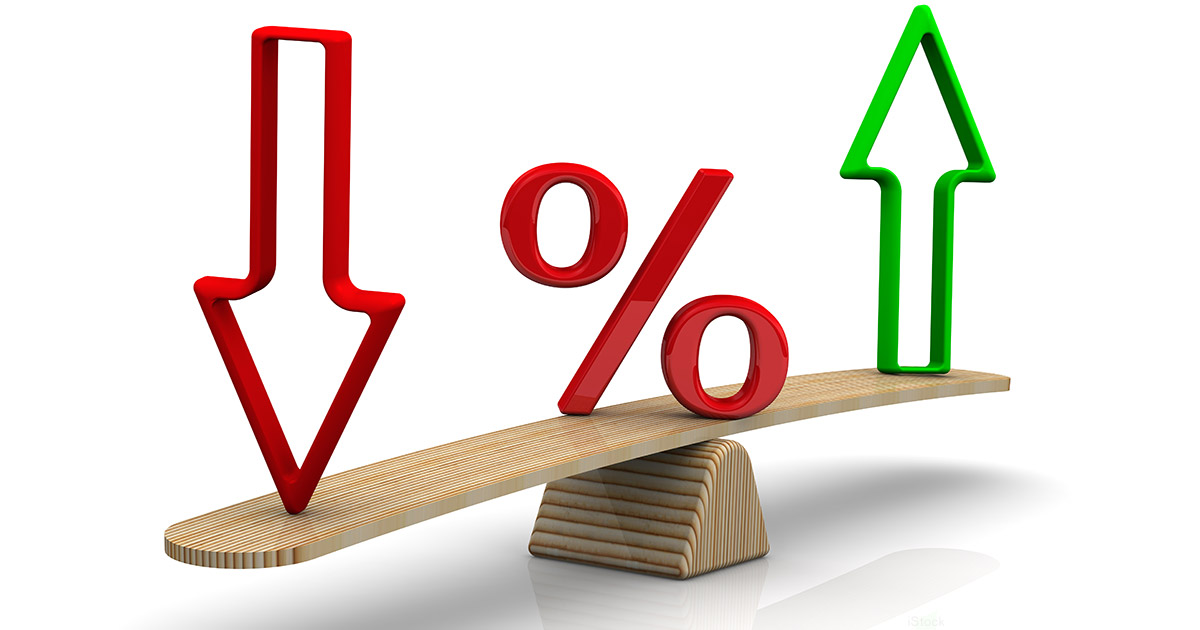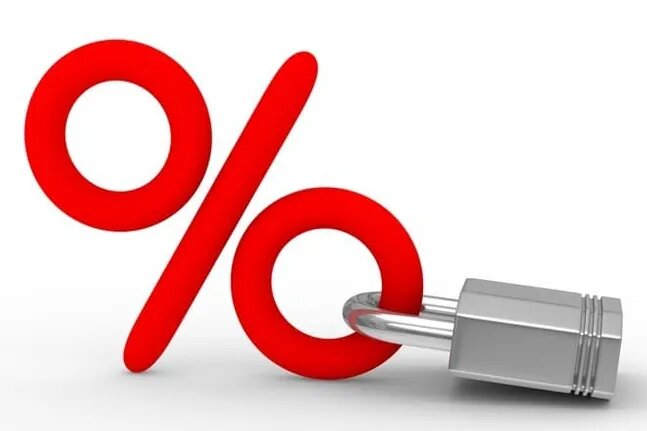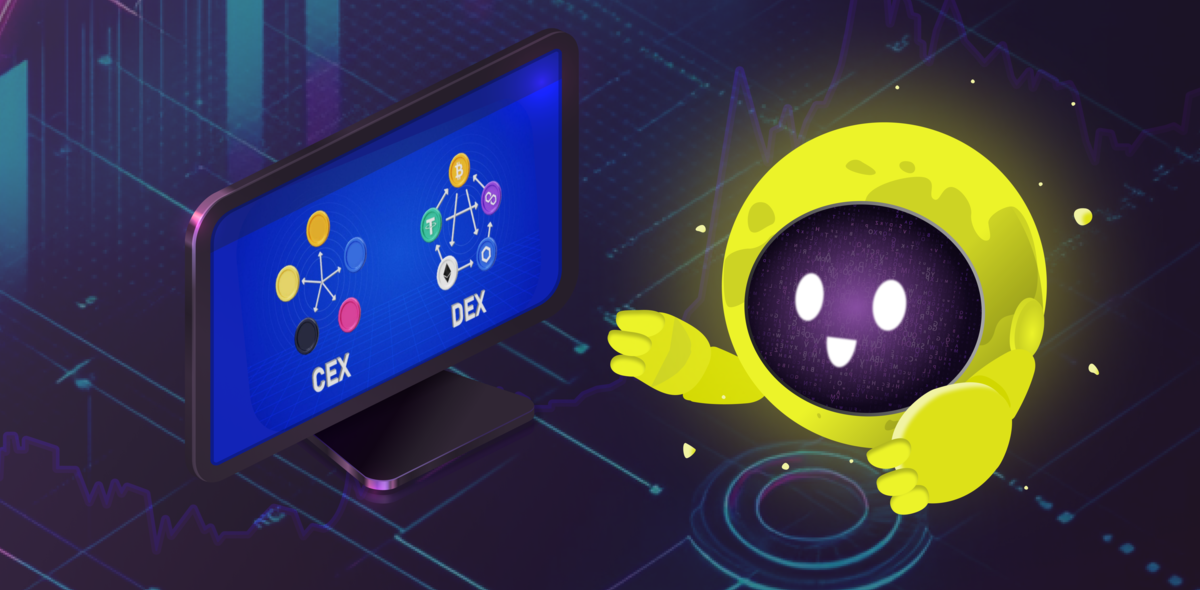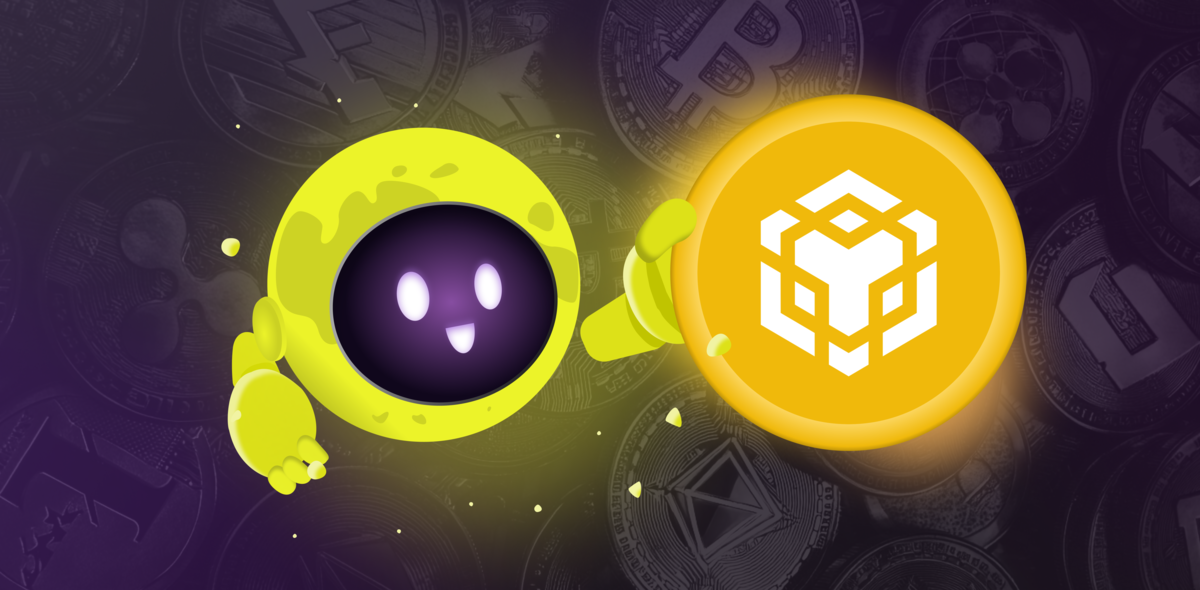
Today, daily crypto exchange volume averages tens of billions of dollars. If you’re one of the people who participate in the cryptocurrency market, it is essential to know the differences between two key notions: fixed and floating exchange rates (sometimes referred to as the exchange flow).
Fixed vs Floating Exchange Rate: The Definitions
An exchange rate shows how much money you’ll give to receive the same value but in a different currency. To put it simply, you can see how much of one currency you can gain for another currency. Fixed and float rates have been used on the market long before cryptocurrency came into existence; these notions apply to both traditional and digital currencies. The floating (or flexible, standard, classic) rate depends on actual free-market forces; neither governments nor trade limits interfere with them. The price of a cryptocurrency fluctuates all the time in response to how much crypto is present on the market. When it is in high demand, its value climbs up and, vice versa, there is a decline in prices with low demand. Thus, cryptocurrency is like any other product: its price is frequently changeable according to the number of buyers.
Cryptocurrency exchange platforms that use flexible rates follow the information on the market trades, where rates are always changing, and display real-time figures. When a person tenders some money, a system analyzes the volatile rates and puts forward the most favorable ones. However, the rate can change at any second during the operation – that is why it is called floating.

With fiat currencies, the fixed rate refers to the exchange rate set by governments through central banks. The authorities normally have considerable foreign reserves and utilize single currencies or baskets to keep the national currency price on the same level. However, it may be adjusted when necessary: the central bank may intervene in foreign exchange markets for that purpose.

Cryptocurrency is not controlled by governments, and thus, the meaning of a fixed rate is slightly different here. In crypto, the rate can be fixed by an exchange service to stay the same for a predetermined amount of time (usually it’s enough time to process your exchange). This serves as protection against market fluctuations during the process.
Strengths and Weaknesses of Fixed And Floating Rates
With floating rates, you will be offered the best rate on the market. SwapSpace automatically finds and shows you possible options. The fees are usually minor, compared with the fixed ones. With floating fees, market fluctuations may become beneficial or disappointing: if the rate increases while you are exchanging, the final amount of cryptocurrency will be larger. However, the opposite situation is not impossible: some users lose and receive less than expected.
As for fixed rates, such risks are gone: if the cryptocurrency you’re selling loses some value during the time the rate is fixed, you’ll still get the other crypto in the amount that you initially agreed to. The stability implies higher fees, though: it might be frustrating with fixed transactions. Note that less risk means less reward, too: if your crypto grew in price in that time — you won’t be able to receive more of the other currency for you amount, as is the case with floating rates.
Fixed Exchange Conditions: Digital Currency Platforms Review
If you decide on the fixed rate, the next step is to study the exact figures offered by exchange platforms and consider the time the rates are locked for. Don’t get confused about the term “fixed”: the amounts are fixed, indeed, but the time is quite short. Most of SwapSpace integrated services freeze the rates for 20 minutes: SimpleSwap, ChangeNOW, Changelly, and Godex exchange are among them. InstaSwap secures the rates for 50 minutes. Exolix with its 120 minutes (2 hours) is the record-breaker; in comparison, FixedFloat ensures a transaction for ten minutes only.
Conclusion
Which exchange rate is better? There is no one-size-fits-all solution: the unpredictable nature of the market makes both fixed and float rates preferable under different circumstances. A successful trader must take into account many factors and evaluate all risks; the strength and weaknesses mentioned above will help you make the right choice. As you might have seen, SwapSpace provides offers from the cryptocurrency exchanges with both fixed and floating rates (you can see which one is offered under "Type" in our list) — so whatever you decide, we're right here for you!




